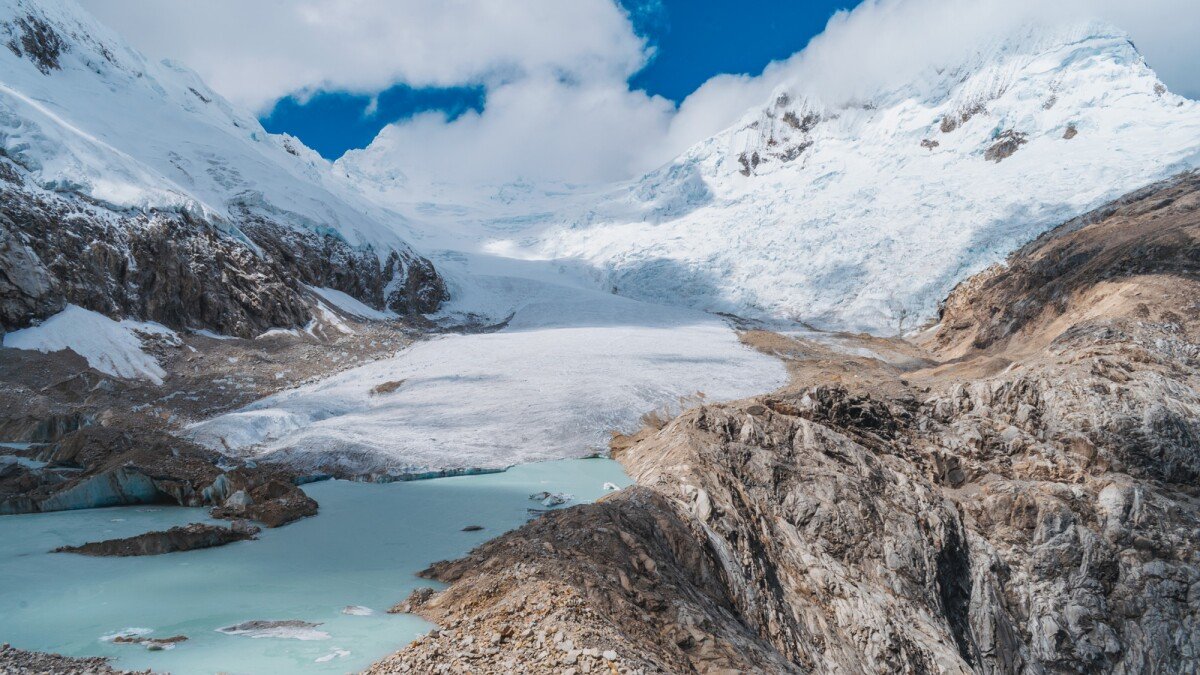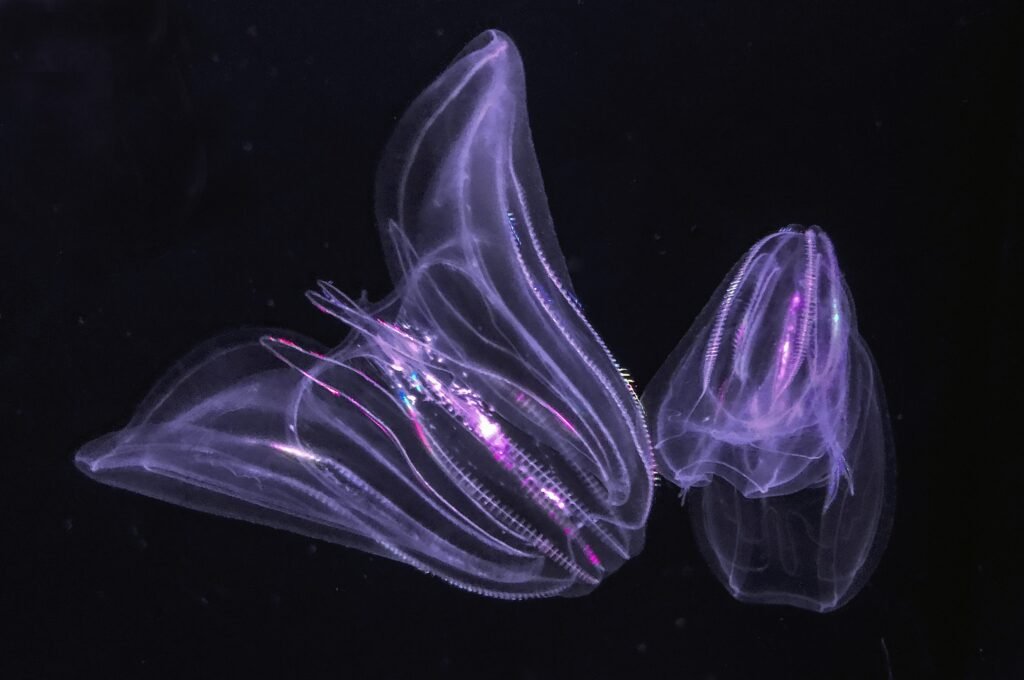Peru lost more than half glaciers in just over a half-century
South American country Peru has shockingly lost more than half of its glaciers in just over a half-century. The most significant factor is the rise in average global temperature, which causes glaciers to melt faster.
According to a new government survey issued on Wednesday, Peru has lost 56% of its tropical glaciers over the previous six decades owing to climate change.
According to the report, which reviews satellite imagery until 2020 shows 2,084 glaciers cover 1,050 square kilometers (405 square miles) in Peru, compared to 2,399 square kilometers of ice and snow in 1962.
According to the head of the institute Beatriz Fuentealba Peru lost nearly 6% of these high mountain glaciers in four years, from 2016 to 2020.
The study shows that 164 lagoons have formed or are in the process of forming in the last four years, increasing the total number of glacier lagoons to 8,466, spanning approximately 1,081 square kilometers.
Glacier lagoons are lakes that form near the glacier’s base or at the glacial discharge. In its most basic form, it is defined as a lake filled with massive chunks of melted ice from a massive mountain or glacier.

Click here to read the details on scientists tracking alarming melt in Antarctica sheets
According to the report, nearly all of Peru’s tropical glaciers are over 6,000 meters (19,685 feet) above sea level. While the new lagoons are between 4,000 and 5,000 meters.
Environment Minister Albina Ruiz said this means we have lost more than half of its water reserves. Albina also mentioned how glacier retreat is affecting the natural mountain ecology.
She said although we cannot stop glaciers from melting over time. But we may slow their loss by calling for less pollution, and more green space. Most importantly, recognize that the mountain provides us with life.
Read More:
- Sea creature turns into a baby when it is stressed out showing time travel
- Realme Narzo 70 Turbo 5G launch date, features, specifications & price
- European Space Agency printed 3D metal part in space for first time
- Earth’s mysterious Alaska triangle where over 20,000 people disappeared
- Philips Hue launched a new smart lighting solution for kitchen
- NASA to launch life-searching spacecraft to Jupiter’s moon Europa
Share this content:










Post Comment